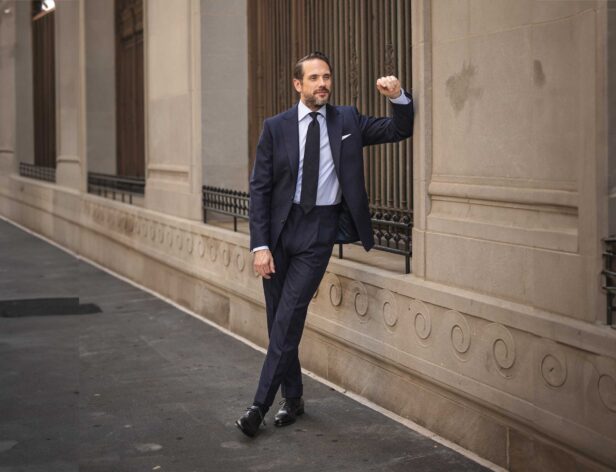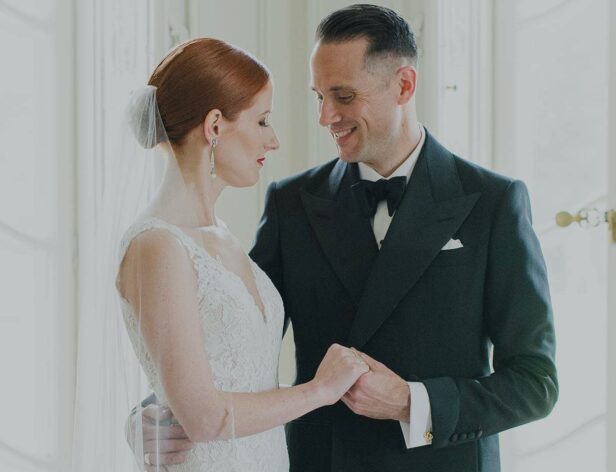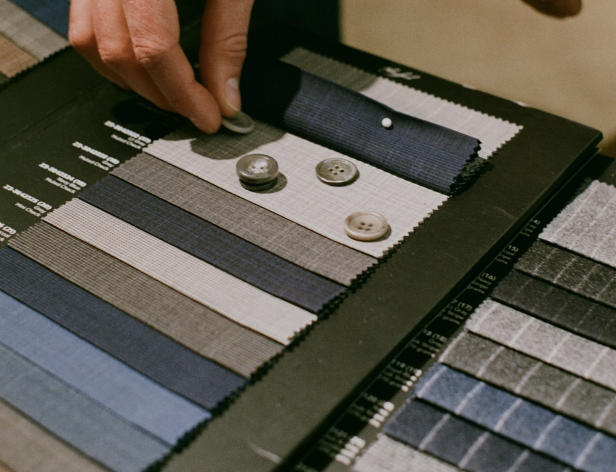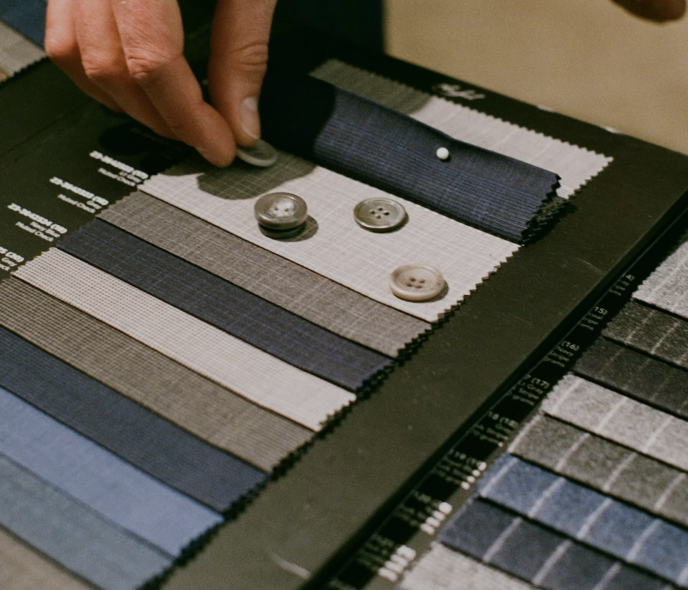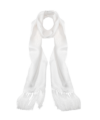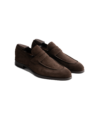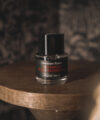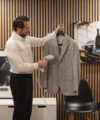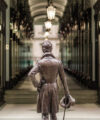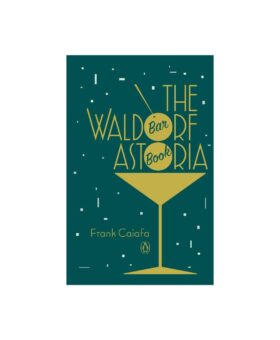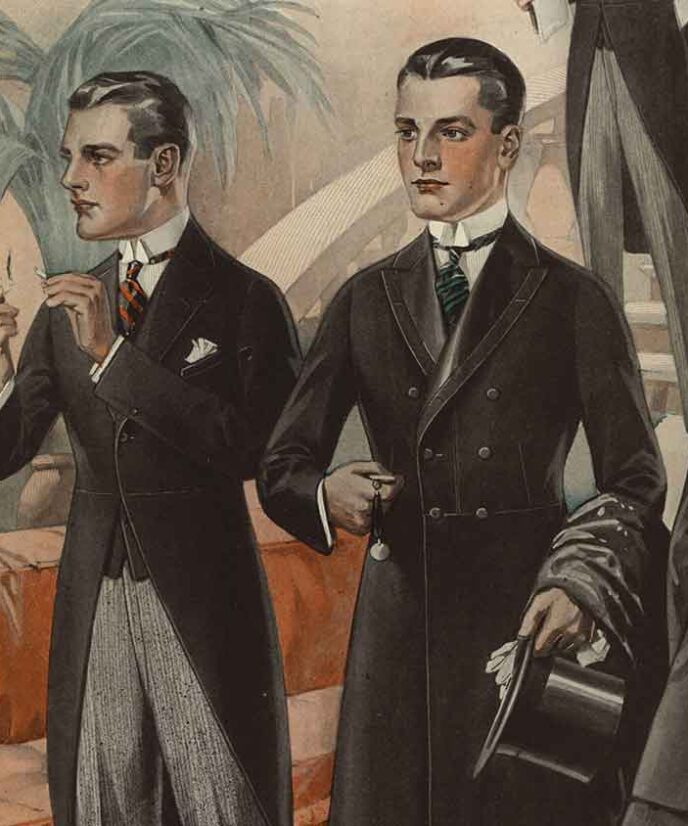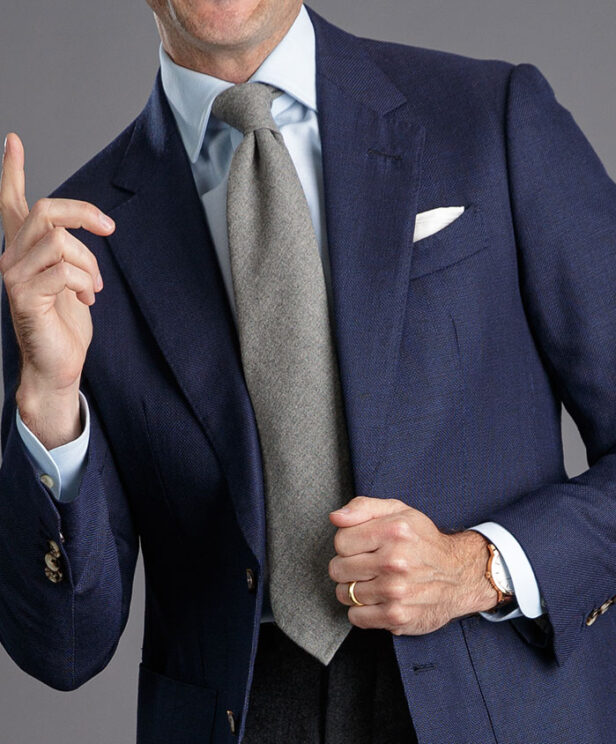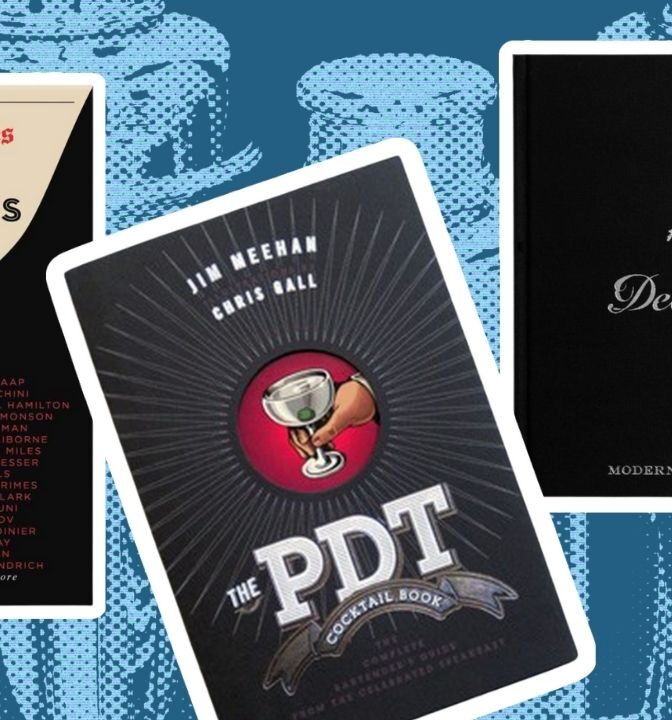

Share
If you have entertained daydreams of starting a home bar during the pandemic, this list of our top five best cocktail books, written by experts in the field, is for you. Cheers!
Unlike today, the roaring ’20s was an era of renaissance in art, literature and partying. Yet it is easy to forget while watching Leonardo DiCaprio raise a martini glass as Jay Gatsby that alcohol was banned across the nation for over a decade, starting in 1920. Cocktails offered a solution to the cheap, black market liquor of the time; the mix of ingredients diluted the awful-tasting booze.But cocktails were born over 200 years ago, first noted in a newspaper during Thomas Jefferson’s administration. Frowned upon by polite society for their association with morning drinking and edgy scoundrels, cocktails made their way into the mainstream in the mid-1800s. Shortly after World War II, however, aside from the classic martini, their popularity waned. With the onset of more creativity in innovative bars, and growing fascination shared on the Internet through blogs and social media posts, the new wave of cocktails broke in the early 2000s and has only gained traction since.
Death & Co: Modern Classic Cocktails
From the world-famous New York City bar, an all-in-one book addresses the how and why of mixology. The bar’s owner and founder, David Kaplan, along with bartenders Nick Fauchald and Alex Day, set out to coach readers in making award-winning cocktail recipes and explain which ingredients, tools and techniques are best suited to each drink. With over 500 recipes, including both originals and classics, the writers–instilling wisdom from their own successes and experience–include details on key ingredients, a guide to buying spirits, a handbook on technique, step-by-step instructions in tasting and evaluating spirits for the reader’s own experiments, and even a lexicon of bar lingo and cocktail terms.
Founded in 2006 by 23-year-old Kaplan, Death & Co is heralded as the most influential and important contemporary cocktail bar. Within its first three years, it received Best Cocktail Bar in America and World’s Best Cocktail Menu at Tales of the Cocktail festival in 2010. Because Kaplan gave his bartenders free rein in crafting their own drinks for the menu, Death & Co became the birthplace of iconic cocktails like the Oaxaca Old-Fashioned. This trademark, created in 2007 by Phil Ward, is now a symbol of the bar itself for its simple, classically inspired approach with a twist: a “level of innovation that comes from a deep understanding of the ingredients at play.”
In publishing its recipe book for at-home enthusiasts, complete with short stories about regulars, Death & Co practices what it preaches: “there’s a perfect cocktail (or many) for everyone.”
The Waldorf Astoria Bar Book
Originally located where the Empire State Building now stands, the Waldorf-Astoria was a luxurious hotel of firsts: the first to offer its guests electricity, private bathrooms, and telephones in rooms. After the new building’s completion in 1931, at which point it was the world’s tallest and largest hotel, each U.S. president, perhaps with the exception of the most recent former president, has stayed there while visiting New York City.
In 2005, Frank Caiafa became the bar manager of the Peacock Alley bar, lovingly named after the original building’s 300-foot marble corridor. At the time the cocktail renaissance was in its infancy, and there were virtually no beverage programs in hotels that focused on classic and seasonal cocktails. With the return of a proper bar to the hotel since its Fifth Avenue forerunner closed shop due to Prohibition, Peacock Alley became a welcome place for new ideas.
Based on two old Waldorf bar books from the 1930s, Caiafa’s book includes pre-Prohibition recipes and his own award-winning drinks, each with tips, variations and notes on the drink’s history, as well as two chapters on preparing house-made bitters and setting up a home bar. Writing for professionals and amateurs alike, Caiafa delivers a handbook that surprises its readers and tasters with the “sheer level of variety that the recipes offer, both old and new” and encourages them to try new drinks and improvise: “There are no hard-and-fast rules here; after all, that’s how new cocktails are made.”
Vintage Spirits and Forgotten Cocktails
For the centennial anniversary of Prohibition in the United States, this new edition added 50 recipes to its original 100, and 100 pages on the history of temperance and the 13-year national ban on alcohol from 1920 to 1933. Ted Haigh, or Dr. Cocktail as he appears online, brings you a reservoir of rare recipes from old cocktail books and authentic, unpublished, hand-written recipes.
A tribute to trailblazing bartenders of the past and present, the book includes history lessons on the origin and evolution of the cocktail, biographies of said pioneers, vintage illustrations and ads, and photos of antique paraphernalia from Haigh’s personal collection. Excluding overdone recipes like Old-Fashioneds, martinis and margaritas, Haigh challenges his readers, whether professional or at-home enthusiasts, to journey into the forgotten world of historical drinks that even most bartenders, at least in 2004, did not know how to make.
Like Death & Co, who selected their name from a short story by Dashiell Hammett, Haigh was inspired by the same novelist through The Thin Man films. A self-taught expert, Haigh is recognized around the world for his extensive knowledge of spirits and libations, and the history behind them. Yet he had humble beginnings, starting by posting on forums and chat rooms in the early days of the Internet before rising in popularity and status. If you’re looking for an influential writer at the beginning of the cocktail renaissance, Haigh is your man.
The PDT Cocktail Book
Continuing with the historical bent in mind, PDT, an acronym for Please Don’t Tell, is an outstanding, popular, award-winning speakeasy with a secret entrance. Located in the East Village, customers must walk through a hot dog shop to an indoor phone booth and call the bar to gain admission. A map is included in the book for those who are directionally challenged. The restaurant, Crif Dogs, is also owned by the founder Brian Shebairo, and Jersey style recipes for hot dogs are included in the book.
Written by PDT bartender Jim Meehan, an acclaimed and meticulous mixologist, who worked alongside Phil Ward of Death & Co, the book features all 304 recipes from the PDT menu and behind-the-scenes information. In his first section, Meehan offers suggestions for setting up a bar, including ideal glassware, tools and equipment, as well as sneak peeks into the workings of the bar and adjoining eatery.
He also discusses techniques to apply and garnishes to use. The food and drink recipes constitute the second section, and the third involves extra notes on etiquette, home bars and the PDT pantry. For further help and reading, Meehan lists places to buy necessary materials in a resource guide, and other books to savor in the appendix.
The Essential New York Times Book of Cocktails
New York Times columnist of “A Quiet Drink,” Steve Reddicliffe, brings an array of essays, articles and recipes concerning all things cocktails from journalists of the Times throughout the centuries. A compilation of over 350 recipes from New York bartenders and beyond, several of which are accredited to Jim Meehan, this manual covers both classic and contemporary drinks, from Bloody Marys, Old-Fashioneds, Manhattans, martinis, margaritas and juleps, to wine- and beer-based concoctions, and spiked coffee.
Declared by the author himself as a “chronicle of American drinking,” the book, arranged by cocktail type or primary intoxicant, includes notes on setting up and stocking the bar, as well as biographies of its contributors. Reddicliffe serves up a mixture of history, humor and recipes.
The book is a celebration of New York and its bartenders, whose innovation you can drink to. In full circle fashion, after the Times highlighted Waldorf-Astoria concoctions in 1910, Reddicliffe interviewed Frank Caiafa, who declared “the lost art” of the cocktail is reemerging. Along with his contributors, the curator himself acknowledges the humanity behind the artistry and enjoyment of cocktails. “Cocktails are almost always fun, a good time in a glass. But that’s not all they are.” The essays included remind us that they are also about family tradition, history, hospitality, memories and experiences.
Conclusion
Whatever you’re toasting to, with whatever drink of choice, following any of these manuals will result in the best cocktails you can make and the confidence to make them your own. Maybe you’ll find your new favorite along the way.
Thanks, as always, for reading. And cheers!
